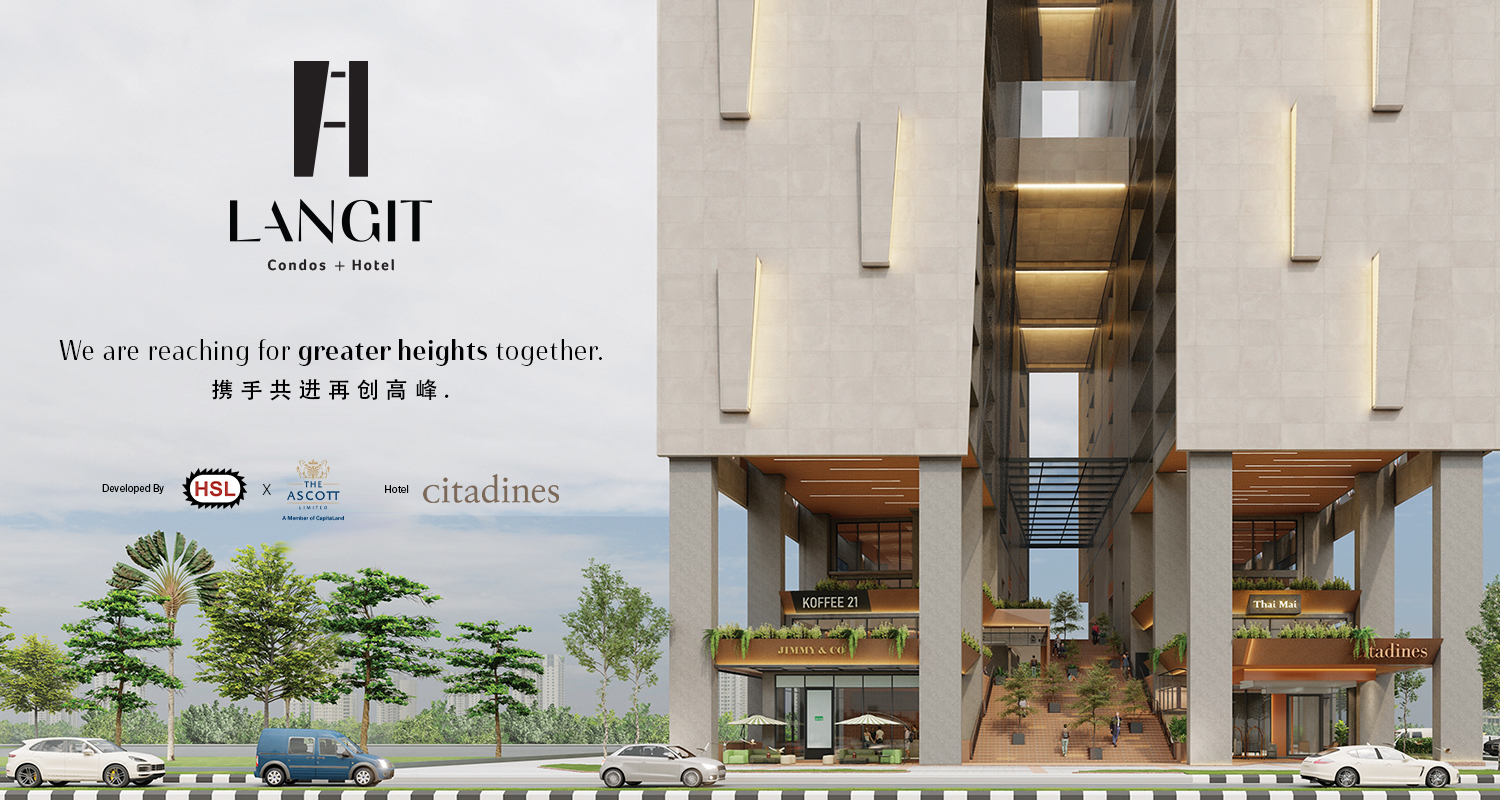
Commentary
THE spirit of Sarawakism is getting stronger by the day. With Sarawak’s rights under siege, many Sarawakians seem drawn to each other under a virtual magnetic force called Sarawak for Sarawakians (S4S).
Encouraged by the idea that there is now a new government that allows and welcomes freedom of speech, S4S is no longer shy about making demands on the basis of the Malaysia Agreement 1963 (MA63). Multiple talks and rallies have been held in recent months to ensure that Sarawakians’ demands are heard loud and clear. One of the most crucial demands is for the return of the state’s oil and gas rights.
Last Sept 16 (Malaysia Day), S4S Miri chanted the ‘Sarexit’ slogan. The rally in Miri was ‘escorted’ by police outriders. ‘Sarexit’ protestors in Miri were safe and protected. In Kuching, a flash mob was organised, also with the slogan ‘Sarexit’. The rally in Kuching was also deemed acceptable by the authorities.
In Sabah, things were totally different. On that particular day, Sabahans’ S4S protest was curtailed with an iron fist, with eight student activists collared. The stark contrast on how activists were treated in Sarawak and Sabah was highlighted by S4S’s spokesperson Tan Kok Chiang, and it caught the attention of many netizens.
Several netizens questioned why Sabahan activists were arrested. To them, Pakatan Harapan was the one who proposed that archaic laws such as the Sedition Act 1948, Communications and Multimedia Act 1998 and Anti-Fake News Act 2018 would be repealed should they take over Putrajaya, as these laws stifle freedom of expression
One of the most popular reasons given by netizens is that S4S activists in Sabah were arrested because they are students and that students are not encouraged to participate in political rallies. If the statement by the Minister of Youth and Sports that the PH government was seriously considering lowering the voting age from 21 to 18 before the next general election (due in 2023) is true, then the argument that students should not participate in political rallies is flawed.
By lowering the voting age, Malaysia Baru should expect to see more students to be increasingly exposed to politics, which will naturally lead to participation in political activities such as rallies and protests.
Whatever the reasons were for the special treatment, one cannot help but be suspicious that there is more than meets the eye. Is S4S Sarawak so special that it has to be accorded special treatment compared to Sabah S4S? As protests and rallies are a numbers game, the organisers will always try to woo larger crowds each and every time. Will the special treatment not embolden Sarawak S4S to hold bigger rallies and organise more protests in the future?
As it is, Sarawakians have seen how demands by S4S have evolved. From appeals that Sarawak’s rights as enshrined under MA63 are returned to Sarawak, the message has now taken a more demanding tone in the name of ‘Sarexit’, which is cessation from Malaysia. Putrajaya seems to be allowing S4S’s struggle for Sarexit to echo, but on a low note, so that it will not threaten that one singular thing that they so desperately want to steal from Sarawak. This is because if Sarawak is allowed to secede from Malaysia, Putrajaya can kiss its oil and gas fortune goodbye.
If Sarexit is a threat to the federal government, then why does it not curtail this sentiment?
Whatever the federal government has got up its sleeves, S4S should be mindful and tread carefully. The difference in treatment should not be taken lightly but as a sign that maybe, just maybe, that something is brewing.
One of the most important incidents that caused Sarawak’s oil and gas resources to fall in the hands of the federal government is the Emergency Proclamation issued after the infamous racial riots on May 13, 1969. Under the Emergency Act, Parliament was suspended. Although Parliament reconvened in 1970, the Emergency Proclamation that applied to Sarawak was never lifted. In 1974, Parliament passed a Petroleum Development Act (known as PDA74), which was never consented to by Sarawak. It was contested by the Sarawak government that the PDA74, which was passed during the Emergency, should have automatically ceased within six months after the Declaration of Emergency ended. The Proclamation of Emergency was eventually lifted in 2011.
It is, therefore, important to take note that one of the reasons that allowed Sarawak to fight today is because the Emergency Act on Sarawak has been lifted. Meanwhile, another law was passed in 2016. The National Security Council Act 2016 (NSC 2016) allows the government of the day to hold emergency powers for the protection of Malaysia to ensure security and public order are maintained at all times.
While the Yang di-Pertuan Agong cannot declare an emergency without the advice of the government under the NSC 2016, the prime minister can now act under the advice of the National Security Council and declare an emergency on any area deemed to be a threat, and it can last for six months.
Sarawakians are a passionate lot when it comes to things Sarawak for Sarawakians. When emotions run high, and when the crowd gets bigger, anything can happen. It takes only one or two over-enthusiastic participants to spur the crowd into some kind of “mob psychology” and turn an otherwise peaceful rally into a violent one. Neither does it take an Einstein to figure that it is easy for one or two over-animated participants to be planted within the crowd during open rallies like these.
Should this ever happen, then Sarawak might be painted as being in chaos. The ‘Sarexit” sentiment, when big enough, could also be labelled as a separatist movement, depending on how one interprets extremism. When the opportunity presents itself, will Sarawak once again be declared an area under emergency? In any event, if this should happen, Sarawak can kiss its oil and gas goodbye. — DayakDaily








